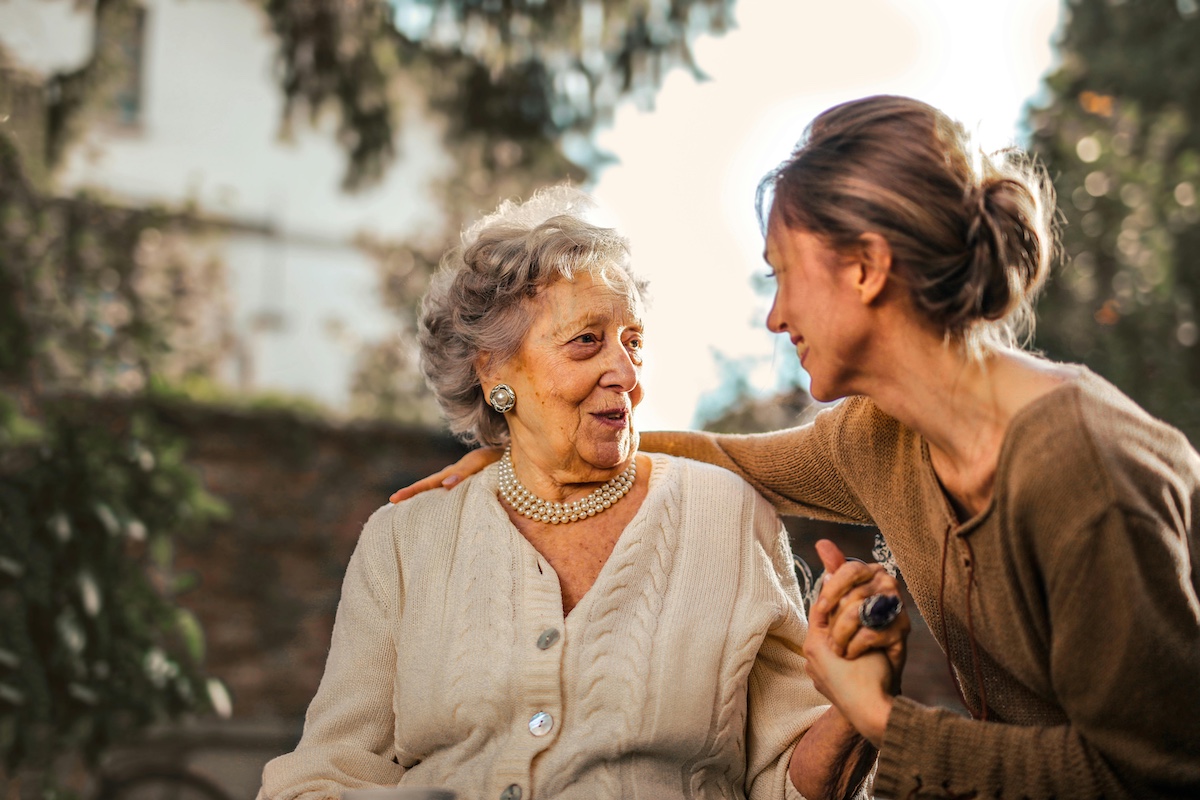It’s no secret that staying active is important for everyone, regardless of age. However, when it comes to elderly individuals, getting their bodies moving is critical for maintaining overall health and well-being.
In this blog post, we will discuss the 8 best ways for elderly people to get their bodies moving. We’ll also talk about the importance of physical movement for elderly individuals and how it can benefit those in hospice care.
Importance of Physical Movement for Elderly Individuals
As we age, our bodies go through a lot of changes. We start to lose muscle mass and bone density, which can make us more susceptible to injuries. Our balance isn’t as good as it used to be, and we may even experience joint pain. All of these age-related changes can make it difficult to stay active.
However, it’s important to continue moving your body as you age. Physical activity has been shown to improve balance and coordination, reduce the risk of falls, relieve joint pain, increase muscle strength, and boost overall mental health.
For elderly individuals in hospice care, physical activity can also help reduce anxiety and depression while promoting a sense of well-being.
Eight Exercise Options for Elderly Individuals
There are many ways for elderly people to get their bodies moving. Here are eight of the best:
1. Walking
Walking is a great way to get some low-impact aerobic exercise. It’s easy on the joints and can be done almost anywhere. For an added challenge, try walking uphill or carrying light dumbbells as you walk.
Even a short walk around the block can make a big difference. Try to walk for at least 30 minutes on most days of the week, if not every day. If you can’t walk for that long, start with shorter distances and gradually increase your distance over time.
2. Yoga
Yoga is another great low-impact option that can help improve balance, flexibility, and muscle strength. There are many different types of yoga, so there’s sure to be one that’s perfect for you. From simple chair yoga to more advanced classes, there’s an option for everyone.
Yoga can be done at home with a DVD or online video, or you can take a class at a local studio. If you’re new to yoga, it’s best to start with a beginner-level class.
3. Swimming
Swimming is a wonderful form of exercise for people of all ages and abilities. It’s ideal for those with joint pain because it’s easy on the joints and provides resistance without impact. Although swimming may not be an option for everyone, those who do have access to a pool can reap the many benefits of this type of exercise.
Swimming laps is a great workout, but even just floating around in the pool can help relax the body and ease any pain you may be feeling.
If you don’t have access to a pool, consider taking a water aerobics class at your local community center or YMCA. These classes are usually very affordable and offer a great workout.
4. Tai Chi
Tai chi is a gentle form of martial arts that involves slow, graceful movements. It’s perfect for those who are looking for a low-impact workout that will improve balance and coordination. Similar to yoga, there are many different types of tai chi, so you can find one that’s right for your fitness level.
Tai chi classes are offered at many community centers and YMCAs. You can also find DVDs or online videos to help you practice at home.
5. Cycling
Cycling is a great way to get some cardio without putting too much strain on the joints. It’s also a great option for those who enjoy being outdoors. It is important to invest in a good quality bike, however, as a poorly made one can cause injuries.
If you don’t want to cycle outdoors, you can also try indoor cycling at your local gym or community center. These classes are usually led by an instructor and set to music, making them more enjoyable than riding on your own.
6. Strength Training
Strength training is important for maintaining muscle mass as we age. There are many ways to do strength training, so you can find an option that’s perfect for you. If you’re new to strength training, start with simple exercises like bodyweight squats and push-ups.
As you get stronger, you can add more challenging exercises like lunges and dumbbell rows. Remember to focus on quality over quantity. It’s better to do a few sets of high-quality reps than it is to do multiple sets of low-quality reps.
Finally, make sure to warm up before strength training and cool down afterward. This will help reduce the risk of injury and improve your overall performance.
7. Dancing
Dancing is a great way to get your body moving and have fun at the same time. There are many different types of dance, so you can find one that’s perfect for you. Whether you enjoy ballroom dancing or hip-hop, there’s a dance style out there for everyone.
If you’re new to dancing, start with some simple moves and build up to more complex ones. There are also many beginner-friendly classes available if you want to learn from a professional.
Most importantly, don’t be afraid to let loose and have fun! Dancing is all about moving your body and enjoying yourself, so make sure to let go and enjoy the experience.
8. Balance Exercises
Balance exercises are important for maintaining balance and coordination as we age. There are many different ways to do balance exercises, so you can find an option that’s perfect for you.
If you’re new to balance exercises, start with simple exercises like standing on one leg or walking heel to toe. As you get stronger, you can add more challenging exercises like single-leg squats and lunges. Remember to focus on quality over quantity. It’s better to do a few sets of high-quality reps than it is to do multiple sets of low-quality reps.
Finally, make sure to warm up before doing balance exercises and cool down afterward. This will help reduce the risk of injury and improve your overall performance.
Introducing Exercise to Your Routine
Check with your doctor before starting any new exercise program, especially if you have any health concerns. Once you get the green light, start slowly and gradually increase your activity level as you become more comfortable.




